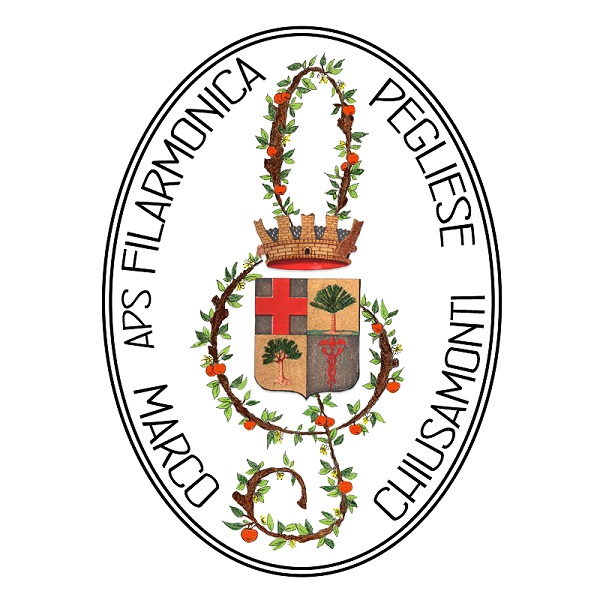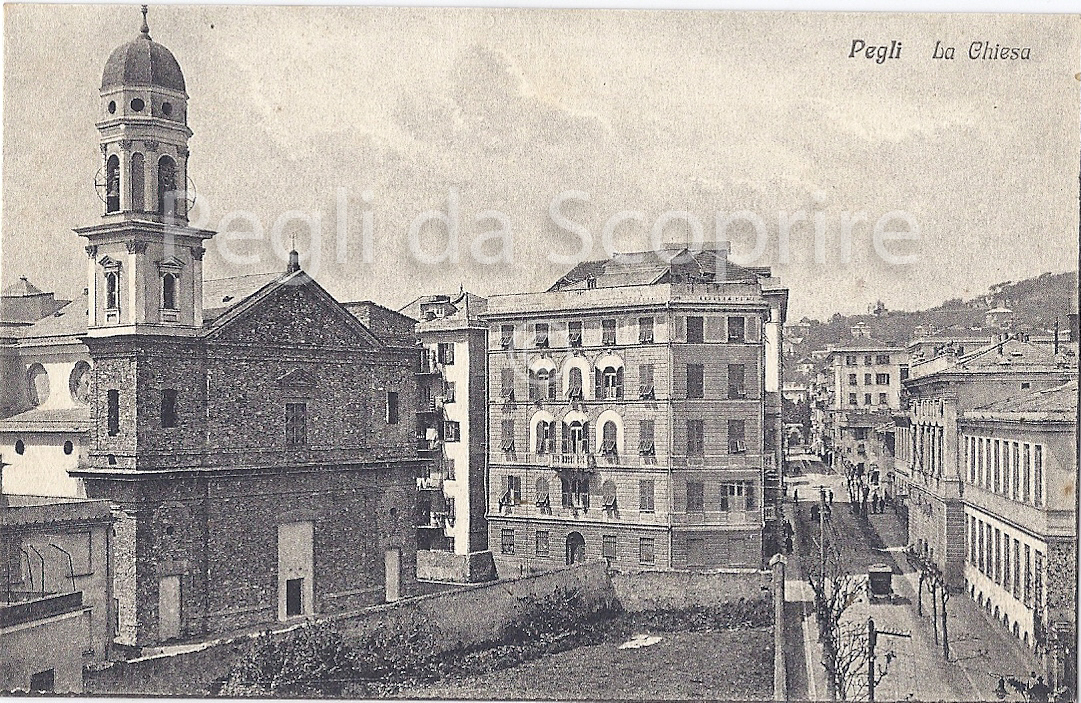SOGGIORNARE A PEGLI

CHIESA DI S.
MARIA IMMACOLATA E SAN MARZIANO
|
La chiesa, con la grande cupola che caratterizza il panorama
del lungomare, fu costruita a partire dal 1884 (la prima
pietra fu posata nel maggio di quell'anno alla presenza
dell'arcivescovo Salvatore Magnasco) ed aperta al culto,
benché non ancora completata, l'11 aprile 1887. Eretta in
parrocchia dallo stesso mons. Magnasco il 2 aprile 1890, la
costruzione proseguì per molti anni ancora. Solo uno dei due
campanili previsti dal progetto originario fu realizzato. La
grande cupola, alta 53 metri, venne inaugurata dal cardinale
Minoretti il 24 novembre 1929 e solo nel 1936 fu collocato
l'altare maggiore in marmo policromo. Nel pieno della
seconda guerra mondiale (1944-1945) il pittore Raffaele
Albertella realizzò il grande affresco dell'abside. Nella
cappella feriale sono conservate alcune tele seicentesche.
Nel dopoguerra vennero eseguite numerose migliorie e lavori
di restauro, tra cui il rifacimento in marmo dell'altare
dedicato a santa Rosalia. Tra il 1954 e il 1958 fu sistemato
il piazzale antistante la chiesa, al centro del quale al
termine dei lavori è stata collocata una statua della
Madonna di Lourdes. Il 14 maggio 1966 la chiesa fu
consacrata dal cardinale Siri. Restauri sono stati eseguiti
tra il 1985 e il 1995; la facciata, originariamente in
pietra a vista, è stata completata solo nel 2006. Alla
dedica all'Immacolata Concezione è aggiunta quella a San
Marziano, ripresa dall'antica chiesa dedicata a questo
santo, che sorgeva nei pressi dell'attuale via Laviosa.
Documentata dal 1213, la chiesa di San Marziano fu
sconsacrata nel 1463 e trasformata in abitazione; parte dei
muri perimetrali sono inglobati in un casolare rustico
ancora esistente nella parte alta di via Laviosa.
(Da
Wikipedia). The church with its large dome characterizes the seafront skyline of Pegli. It was built starting from 1884, the first stone was laid in May of that year in the presence of Archbishop Salvatore Magnasco and it was opened for worship on April 11, 1887, although not yet completed. It was erected as a parish by the same Archbishop Magnasco on April 2, 1890, but the construction continued for many years. Only one of the two bell towers planned in the original project was built. The large dome, 53 meters high, was inaugurated by Cardinal Minoretti on November 24, 1929 and only in 1936 the polychrome marble high altar was placed. During the Second World War (1944-1945) the painter Raffaele Albertella realized the large fresco of the apse. Some seventeenth-century paintings are here preserved. After the war many improvements and restoration works were carried out, including the remaking of the marble altar dedicated to Saint Rosalia. Between 1954 and 1958 the square in front of the church was renovated and at the end of the works a statue of Our Lady of Lourdes was placed in the center . On May 14, 1966 the church was consecrated by Cardinal Siri. Further restorations were carried out between 1985 and 1995; the facade, originally in exposed stone, was completed only in 2006. The dedication to Saint Marziano was added to that of Immaculate Conception. This dedication was taken from the ancient church, which stood near the current "Via Laviosa". The church of San Marziano is documented since 1213, it was deconsecrated in 1463 and transformed into a house; part of the perimeter walls was incorporated into a rustic farmhouse still existing in the upper part of "Via Laviosa". (From Wikipedia). Approfondimenti |




